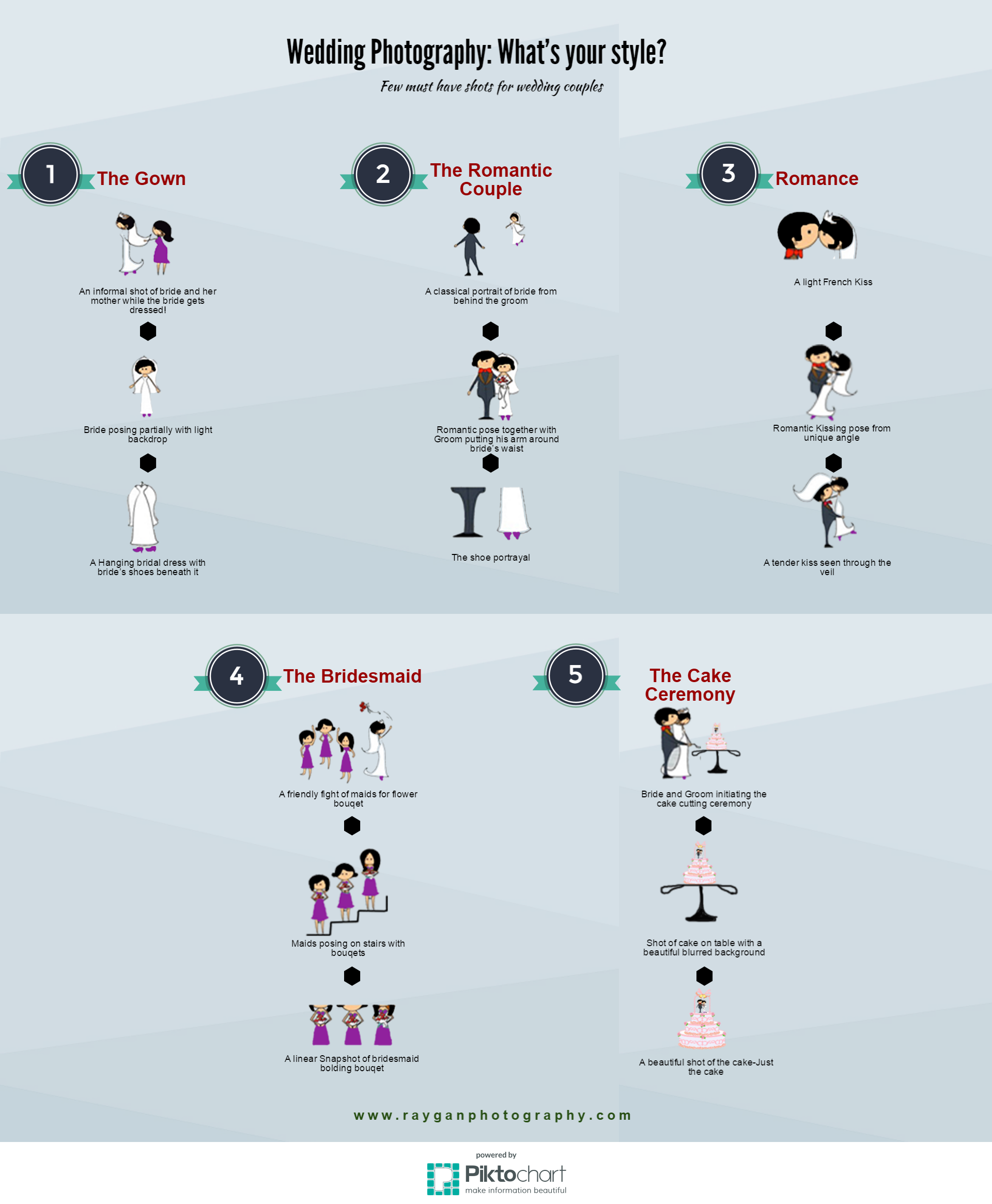What Every Photographer Ought To Learn About Lights
What Every Photographer Ought To Learn About Lights
Blog Article
Writer-Futtrup Covington
As a photographer, you understand that lights can make or break your pictures. Understanding the subtleties of both all-natural and man-made light is important for catching the mood and quality you aim for in your job. Whether you're chasing the ideal golden hour glow or fine-tuning your man-made configurations, understanding these elements can raise your digital photography considerably. Yet there prevail challenges that numerous ignore, and recognizing them can transform your technique to every shoot. Allow's explore what you may be missing out on and exactly how it can influence your results.
Understanding Natural Light
Comprehending natural light is critical for any photographer wanting to enhance their work. It's the structure of great photography, influencing state of mind, tone, and clearness. When you fire outdoors, take note of the time of day. The golden hour-- shortly after daybreak and prior to sundown-- supplies soft, cozy light that can transform average scenes right into stunning pictures.
Don't take too lightly the power of cloudy days. Cloud cover diffuses sunlight, developing a soft, also light that's excellent for pictures and macro photography. You'll discover shades appear this sort of lights without severe darkness.
Positioning issues, also. Constantly consider your subject's alignment to the light. If the sun's behind your subject, you might end up with a shape, which can be significant yet mightn't be what you desire. Alternatively, direct sunshine can produce unflattering darkness.
Trying out angles; occasionally, changing your viewpoint can generate amazing results. Usage natural reflectors, like water or sand, to bounce light onto your topic, including measurement.
Mastering Artificial Light
Understanding fabricated light is necessary for professional photographers that wish to take their abilities to the following degree. Whether https://www.weforum.org/agenda/2020/04/covid-19-in-pictures-this-is-what-social-distancing-looks-like/ utilizing speedlights, studio strobes, or constant lights, understanding just how to adjust these resources can considerably enhance your photos.
Begin by familiarizing yourself with the basics of light high quality, instructions, and color temperature level. Try out various modifiers like softboxes, umbrellas, or grids to control the softness or violence of the light.
You'll locate that soft light often creates flattering results, while harsher light can include dramatization and depth. Do not shy away from Keep Reading can boost the three-dimensionality of your subjects.
Pay very close attention to the positioning of your lights. A light positioned as well near your subject can produce uncomplimentary outcomes, while too away can bring about an absence of detail. Use a light meter or your video camera's pie chart to ensure you're revealing appropriately.
Finally, bear in mind that artificial light can be combined with ambient light for innovative effects. Stabilizing these resources could take practice, once you grasp it, your photography will absolutely shine.
Methods for Different Scenarios
When you step into different capturing circumstances, adjusting your lights techniques is vital for capturing the very best pictures. For outside portraits, utilize the golden hour-- early morning or late afternoon light-- to soften shadows and boost skin tones.
If it's a severe noontime sunlight, take into consideration making use of a reflector to jump light back onto your subject or seek shaded areas for an extra also exposure.
In low-light scenarios, like interior events, boost your ISO and utilize a broad aperture to let in more light. A tripod can help eliminate video camera shake, permitting longer exposures without obscuring.
If https://telegra.ph/Essential-Photography-Equipment-What-You-Truly-Required-To-Begin-01-08 contending night, experiment with off-camera flash to develop vibrant lighting and deepness in your pictures.
For item digital photography, make use of diffused illumination to prevent severe reflections. Softboxes or light camping tents can assist attain this result.
When photographing landscapes, take into consideration the direction of light and time of day, as it can drastically transform the mood of your shot.
Constantly prepare to change your setups and positioning based on the scenario, as adaptability is crucial to mastering illumination in digital photography.
Conclusion
In conclusion, grasping lights is key to boosting your photography skills. Welcome natural light's appeal throughout golden hour, and don't shy away from try out artificial light methods. By adapting your approach to various circumstances, you'll catch stunning images that reverberate with emotion and quality. Keep in mind, the appropriate illumination can change a common shot into something phenomenal, so keep exercising and improving your understanding of both natural and fabricated light. Happy shooting!
